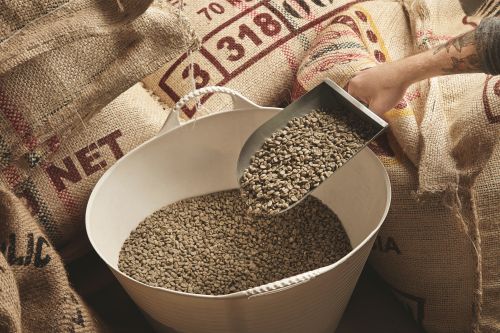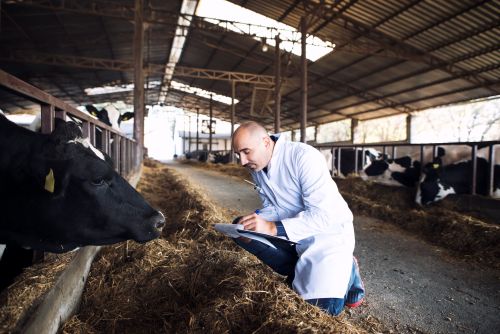699

Global Wheat Market in Early 2025 Marked by Volatility Amid Weather, Trade, and Geopolitical Factors
The first half of 2025 has seen significant volatility in the global wheat market, shaped by weather conditions, export dynamics, and geopolitical developments.
Analysis of the Chicago Board of Trade (CBOT) and Paris Euronext (MATIF) reveals divergent trends and ongoing uncertainty surrounding wheat futures prices.
CBOT Trends
At the Chicago Board of Trade, wheat futures experienced moderate fluctuations. December 2025 contracts were trading at 629.50 cents per bushel, showing a slight increase compared to previous sessions.
Estimated trading volume stood at 68,596 contracts, with each contract representing 5,000 bushels. Open interest reached 289,199 contracts, indicating sustained market activity.
Despite these figures, investor sentiment remains cautious. Speculative funds have maintained significant net short positions in CBOT wheat, reflecting concerns over Russia’s dominance in export markets and weakened global demand.
Euronext Developments
In contrast, Euronext (MATIF) wheat futures followed an upward trend. March 2025 contracts traded at €236.75 per metric ton, up from previous sessions.
This positive movement was supported by adverse weather conditions in Russia, which raised concerns about crop yields and boosted demand for European wheat.
However, trading activity on Euronext remained relatively modest, with low volumes and stable pricing, suggesting that many investors are currently waiting on the sidelines.
Key Market Drivers
Several factors are influencing wheat futures pricing in 2025:
- Weather Conditions:
- Drought in Russia and dry weather forecasts in the U.S. Midwest are impacting crop outlooks and price trends.
- Global Exports:
- Forecasts for Russian wheat exports in the 2025/2026 season have been revised upward from 36.4 million to 38.3 million tons.
- While an increase, this figure remains below current levels, which could support prices globally.
- Currency Fluctuations:
- A weaker U.S. dollar and stronger euro are affecting wheat’s competitiveness on international markets, influencing both demand and pricing.
Outlook and Conclusions
The wheat market in 2025 continues to face heightened volatility, driven by climatic, geopolitical, and economic forces. While CBOT prices reflect investor caution, Euronext benefits from Russian crop concerns that bolster European wheat prices.
In the short term, volatility is expected to persist. Investors will closely monitor weather patterns and geopolitical developments to adjust their strategies accordingly.





